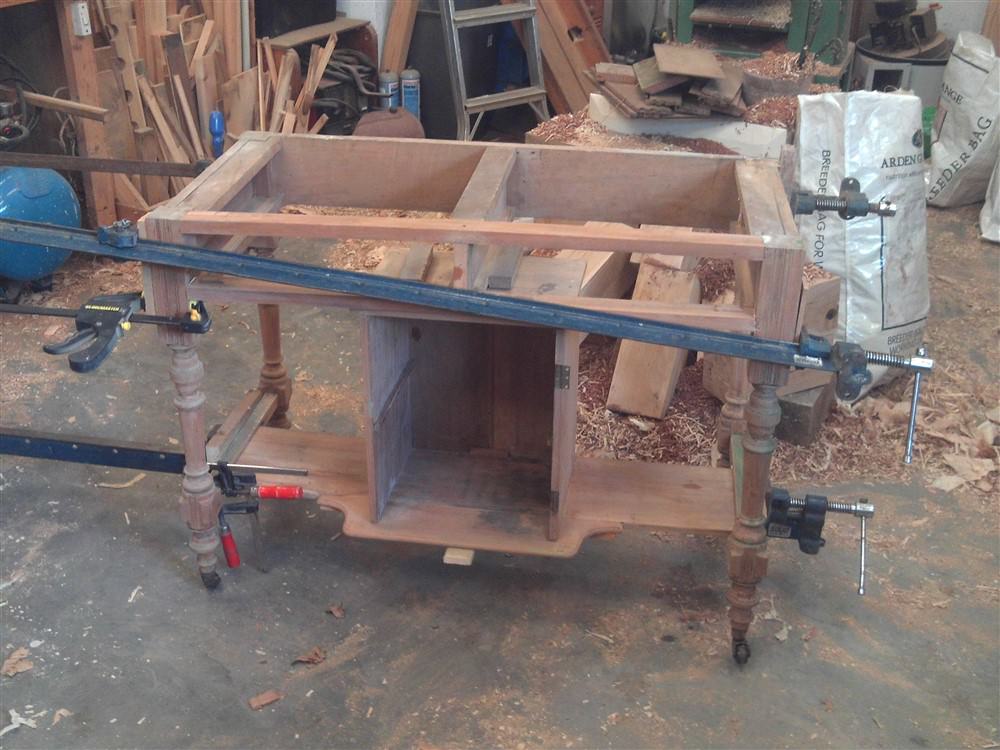chaoticbob
Established Member
This is a real beginner's question! I'm planning to make some gates, each about 2 metres high by 1.5 metres wide. My plan is to use M&T joins and I thought 'Aha, I can use this project to have a go at that drawbore M&T method I've been reading about." Then it struck that if I did that I would be relying entirely on the squareness of the tenon shoulders to ensure the squareness of the gate - there would be no 'wriggle room.' That would mean the tenon shoulders would have to be very accurately made indeed!
It may well be that I'm overthinking this - I'm making the transition from metalworking (where a thou is is quite a lot) and haven't yet developed a feel for how wood works.
Anyhow, I'd like to know how people would approach this - I suppose the gates don't need to dead square, but I don't want to end up with something from the Homer Simpson school of joinery.
Robin
It may well be that I'm overthinking this - I'm making the transition from metalworking (where a thou is is quite a lot) and haven't yet developed a feel for how wood works.
Anyhow, I'd like to know how people would approach this - I suppose the gates don't need to dead square, but I don't want to end up with something from the Homer Simpson school of joinery.
Robin




































